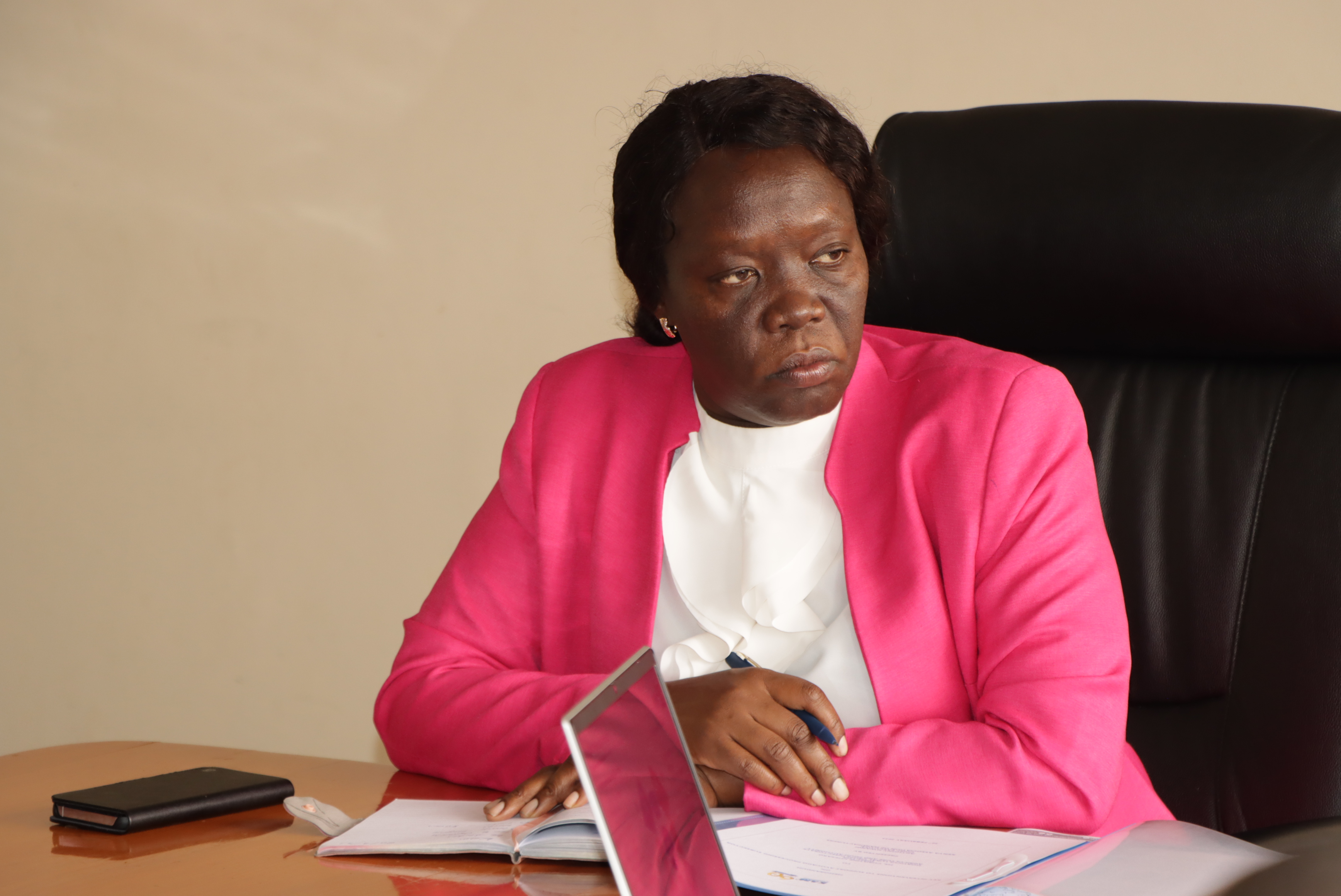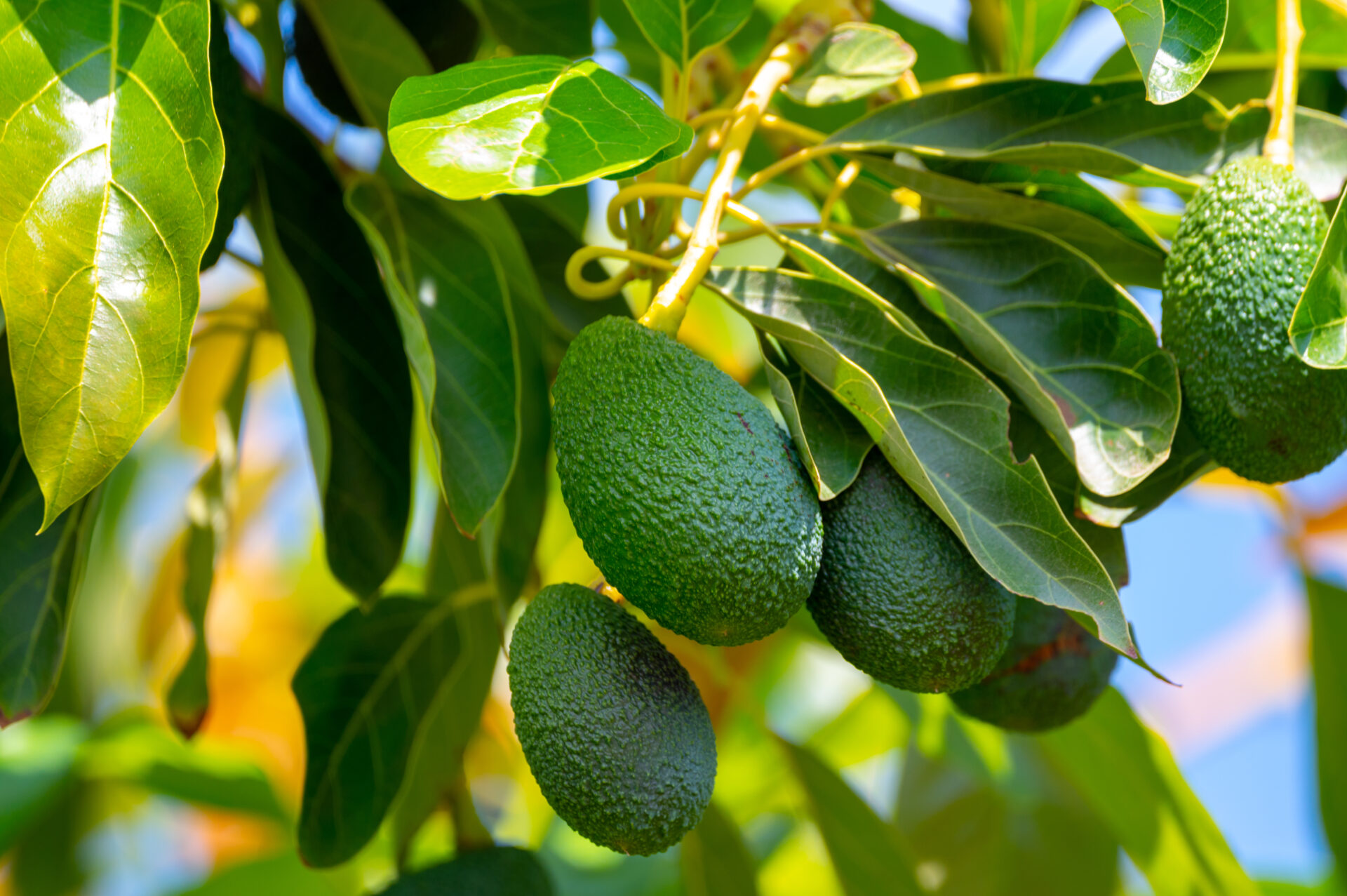
Kenya is set to invest in new technology to enhance the export quality of fresh produce, with a focus on avocados, as part of efforts led by the Horticultural Crops Directorate (HCD). This new system will replace the current sampling methods, which have been criticized for inefficiencies and inconsistent quality control.
According to Christine Chesaro, the acting director of HCD, the aim is to ensure a steady supply of high-quality produce, particularly avocados, to meet the growing global demand.
“Market consistency and quality are our primary goals,” Chesaro said. “We are closely collaborating with farmers, producers, and the private sector to align with international quality standards and boost export capacity.” She further explained that the export process will be streamlined, reducing unnecessary steps while adhering to legal regulations, to improve efficiency.
Concerns from international markets about the export of immature avocados by some Kenyan exporters have prompted these changes. Although Kenya’s avocado quality is globally competitive, Chesaro acknowledged that improvements could elevate the country’s standing in the global market.
Kenya’s horticultural industry is a significant economic contributor, bringing in about KSh 157 billion in 2023 through exports of fruits, vegetables, and flowers. With increasing avocado production, Fresh Produce Consortium of Kenya CEO, Okisegere Ojepat, expressed the country’s ambition to become one of the top three global exporters. “We’re not only focused on quantity but also on quality,” he stated, highlighting the potential for job creation, with a vision to triple the current 500,000 direct jobs over the next three years.
Despite its prominence in Africa, Kenya’s share in global fruit production remains modest. In 2023, it contributed just 0.5% to global fruit production, with 4,242 tons, while vegetables accounted for 3,388 tons or 0.3% of the global total. To expand Kenya’s market access, Chesaro mentioned ongoing collaborations with foreign

missions and private sector stakeholders to diversify and increase the range of exported products.
However, logistical challenges, especially high transportation costs, have emerged as obstacles. According to Agayo Ogambi, CEO of the Shippers Council of East Africa, the ongoing conflicts in the Red Sea region have led to the use of longer shipping routes, increasing costs. Exporters now face an additional $200 (KSh 25,794) per twenty-foot container due to the shift to routes passing through Cape Town. This extended journey adds roughly 10 days, raising concerns over the freshness of produce by the time it reaches destination markets.
